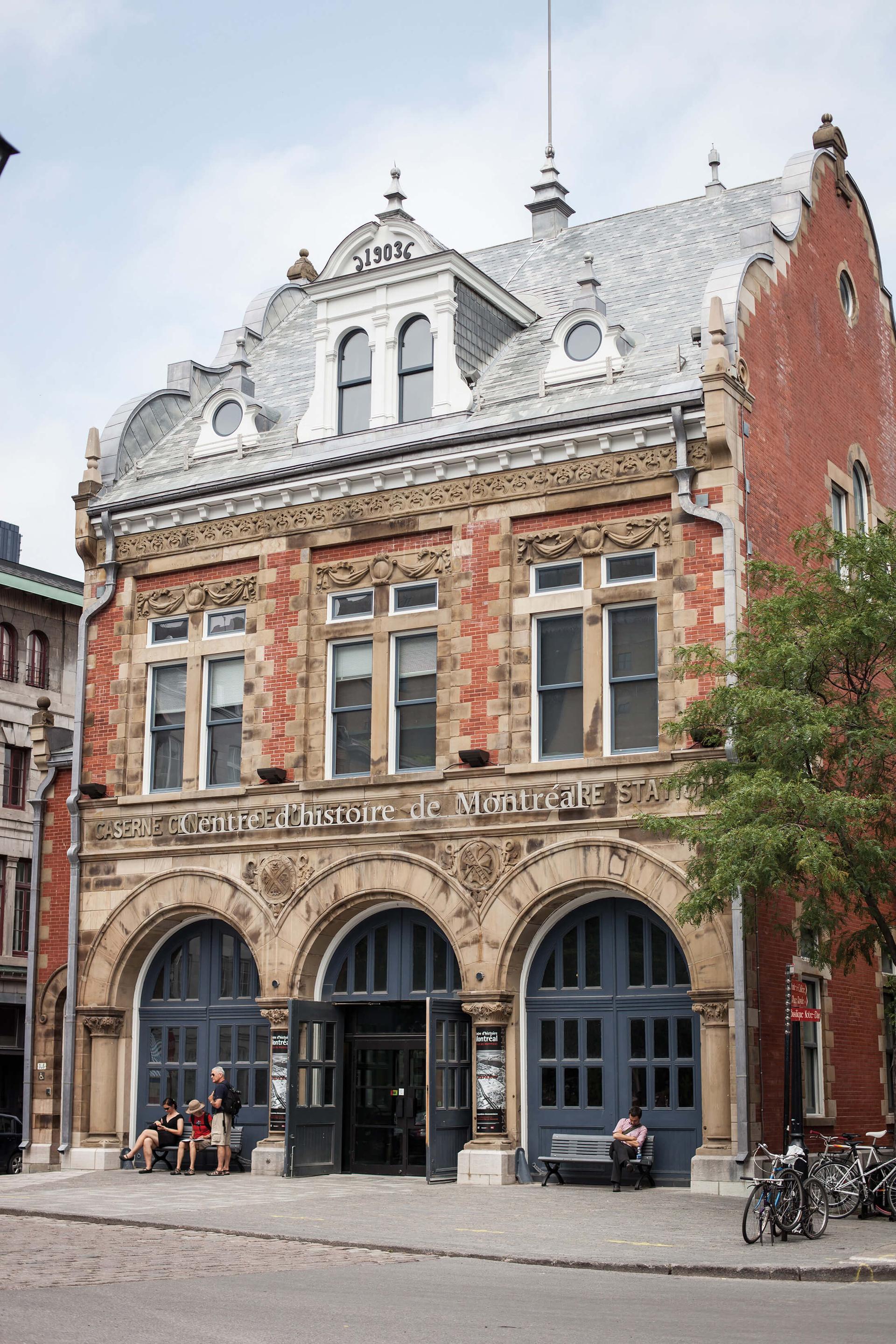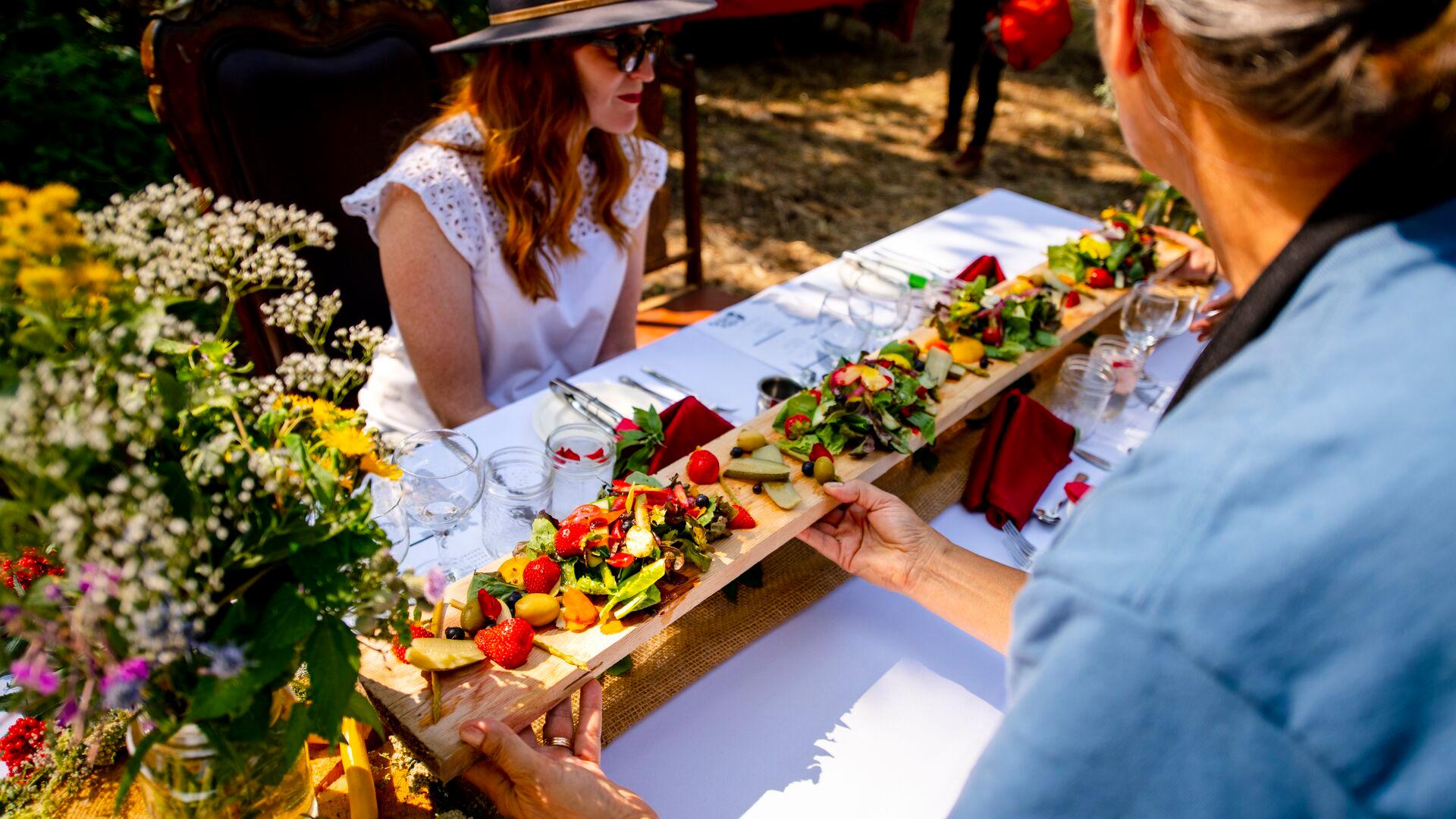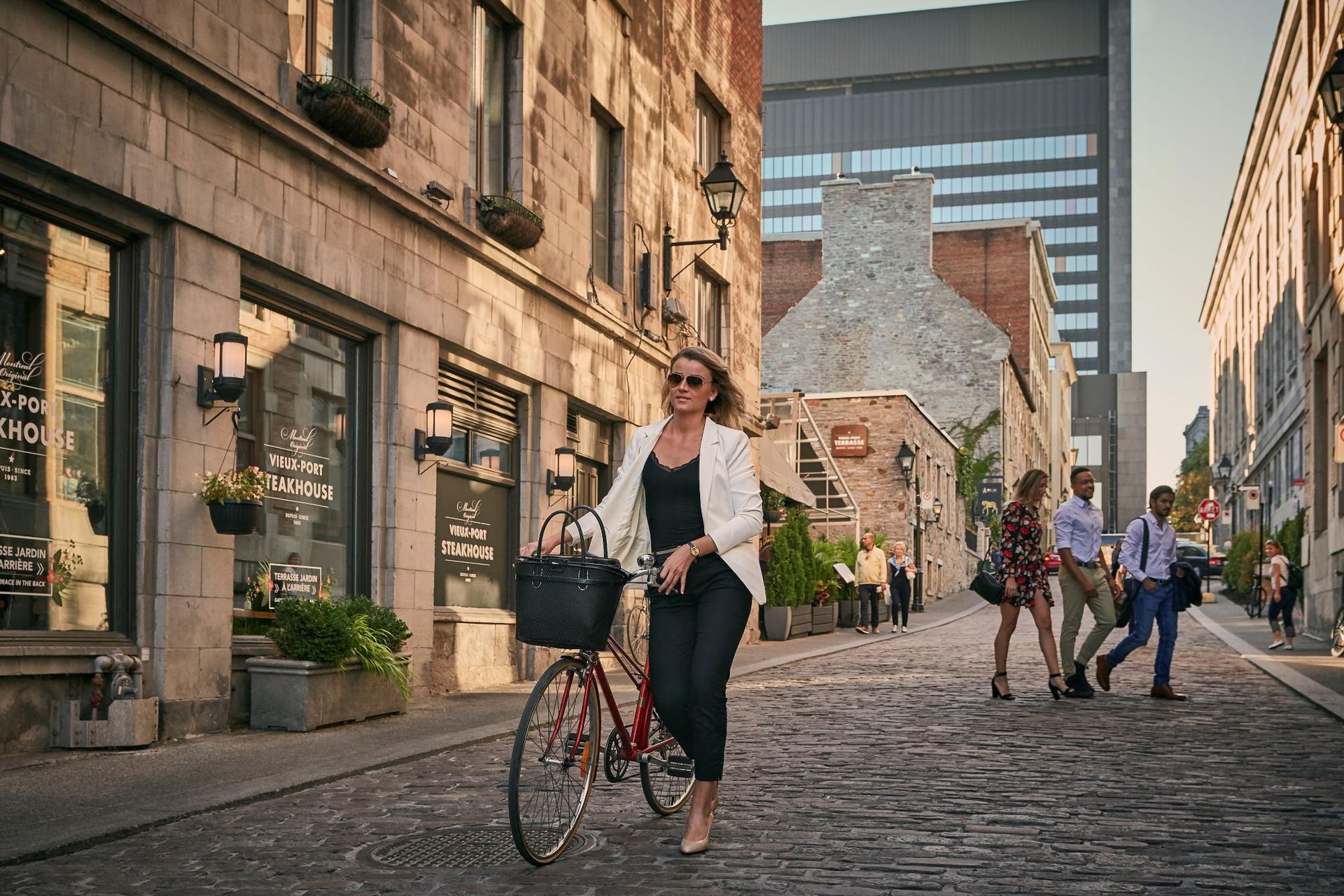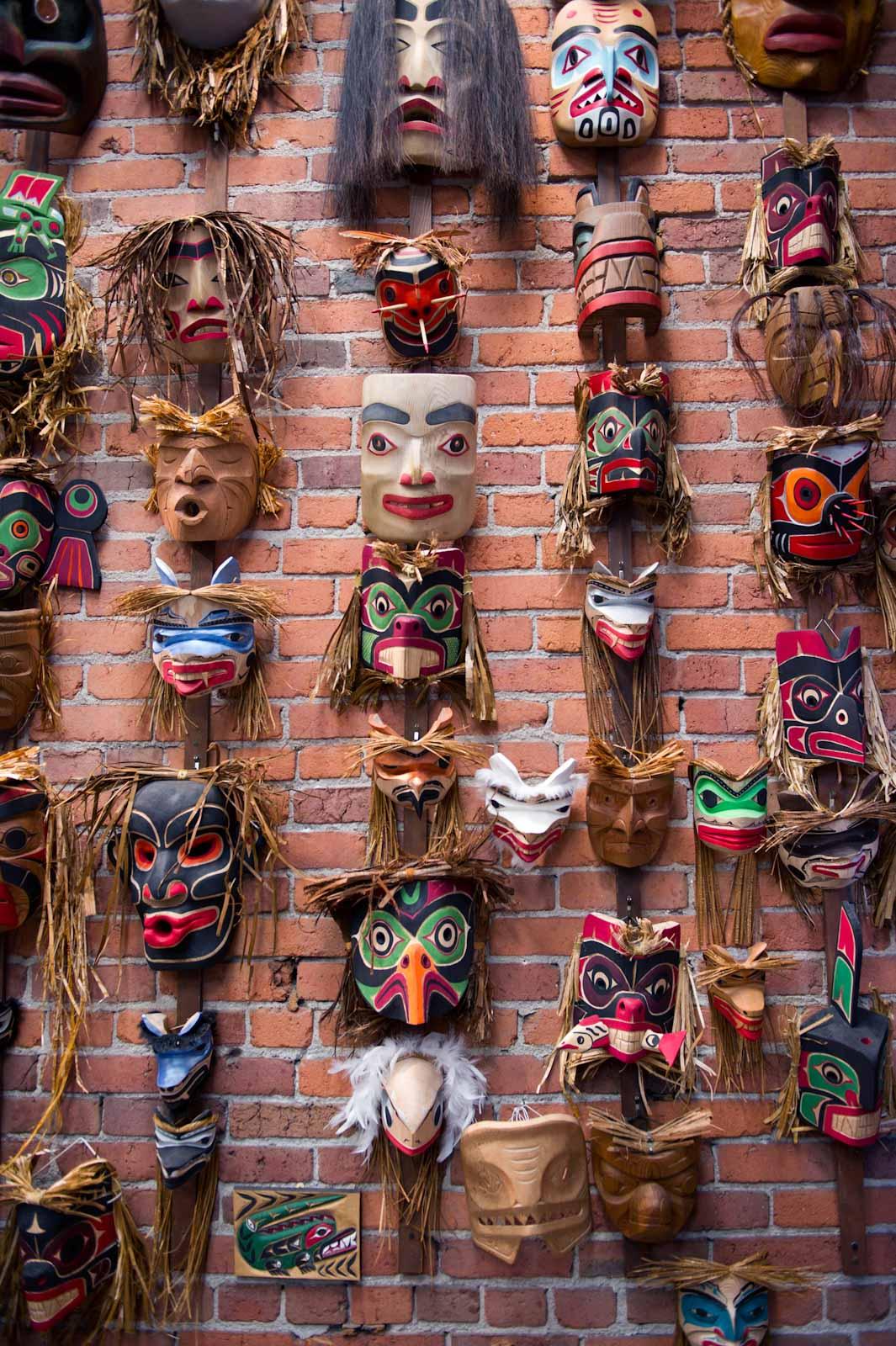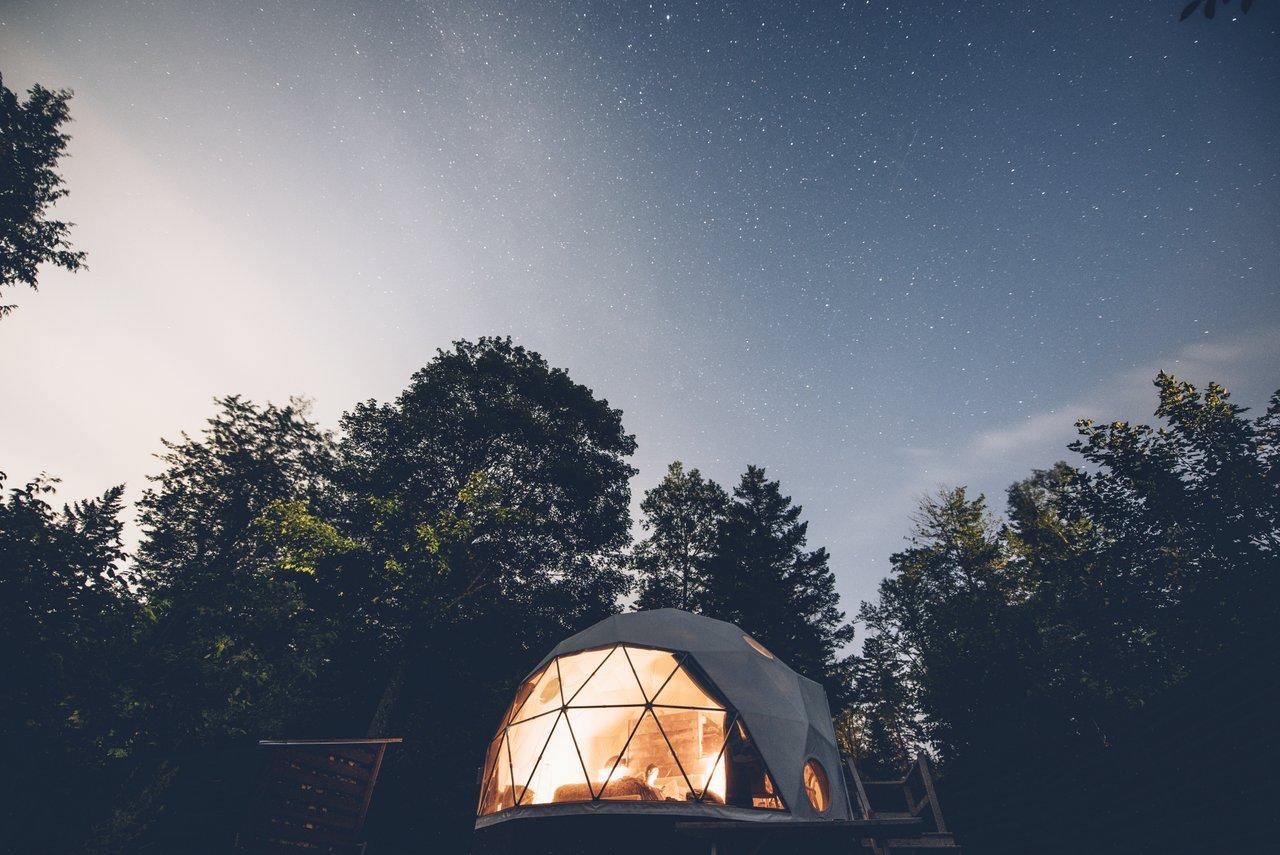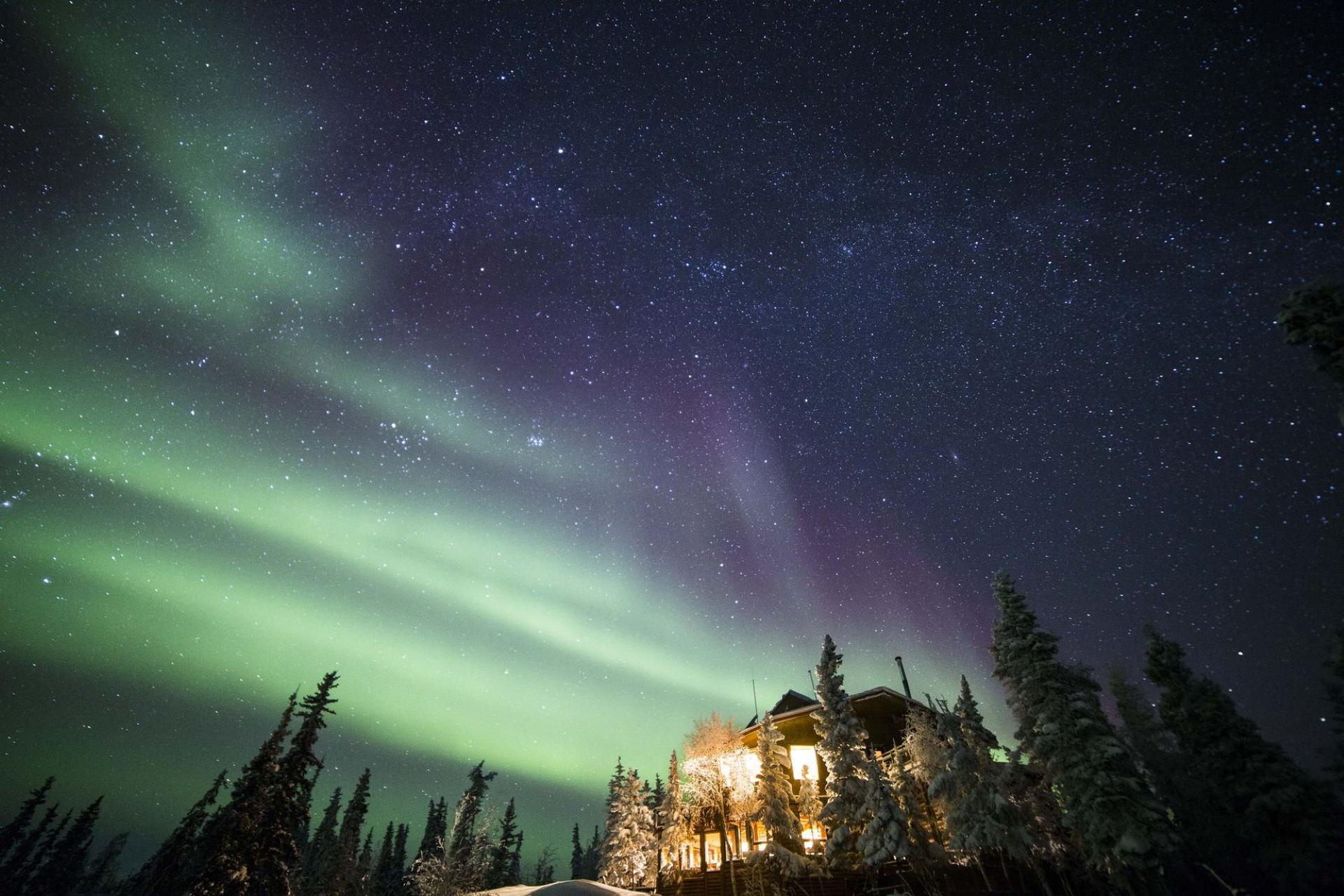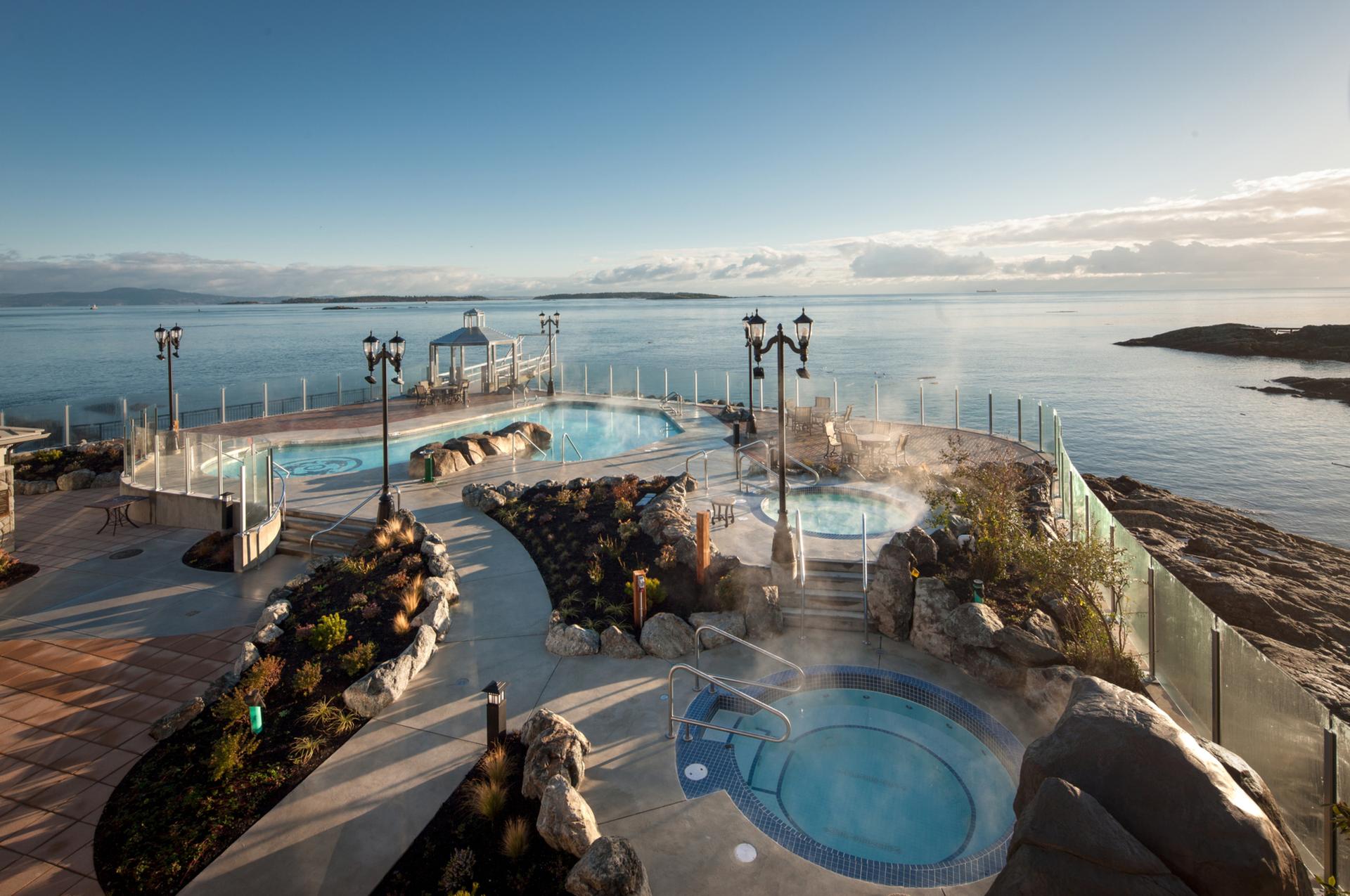Things to do
Spread from the Pacific to the Atlantic and the furthest reaches of the Arctic Circle, Canada is one of the most naturally and culturally diverse places on Earth. Vast areas of serene and raw wilderness, punctuated by vibrant cities and even brighter spirit—there’s a lifetime of adventure just waiting to be discovered with each daring exploration of the True North.
Spread from the Pacific to the Atlantic and the furthest reaches of the Arctic Circle, Canada is one of the most naturally and culturally diverse places on Earth. Vast areas of serene and raw wilderness, punctuated by vibrant cities and even brighter spirit—there’s a lifetime of adventure just waiting to be discovered with each daring exploration of the True North.
Pack your bags
Places to go, things to see and what to do—all neatly laid out. Begin your adventure with a travel package tailored to fit your needs. So the only surprises on your trip will be the good kind.




